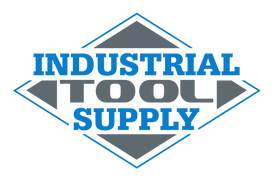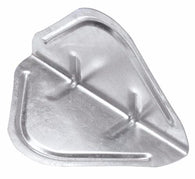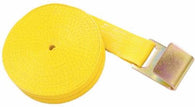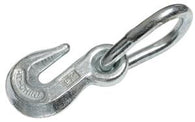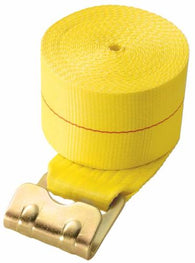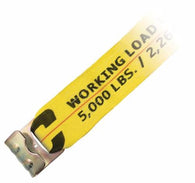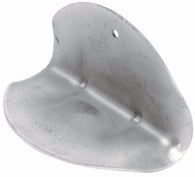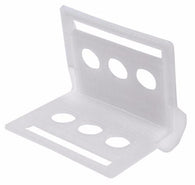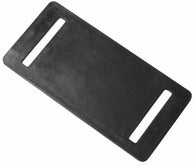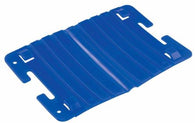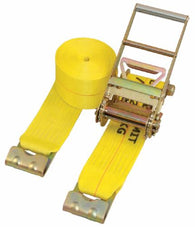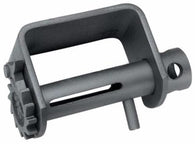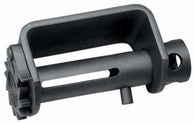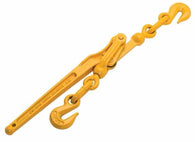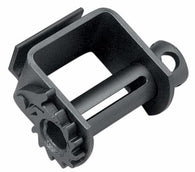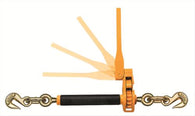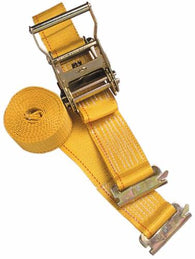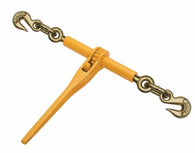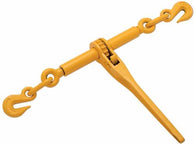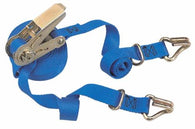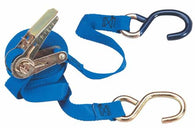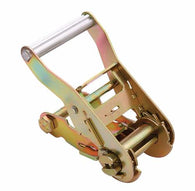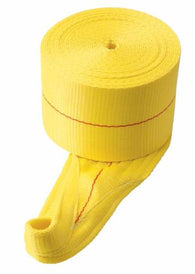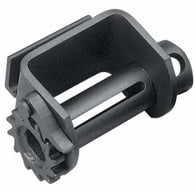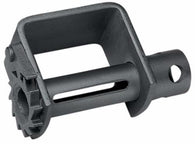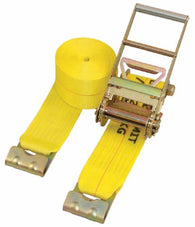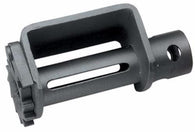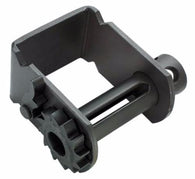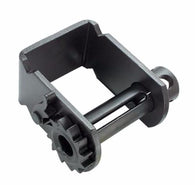Cargo Control
Cargo Control Products
Cargo control products refer to any equipment that helps stabilize and secure goods being shipped or transported on any type of carrier. This is a broad definition but is generally understood to describe a common range of products used in the transportation and shipping industry to tie down or secure goods during transport.
Industrial Tool Supply carries a large selection of cargo control products that are designed for heavy-duty use. This ensures a quality product that offers security for your goods and safety for your people.
Choosing the Right Cargo Control Products
Tie down Straps: There are a variety of products that provide secure tie downs including rope or twine, ratchet straps, and chain tie downs. Depending on what cargo you are securing you will need to use the right material to secure the goods and provide protection from damage to the goods. While rope and twine might be ok for hauling a carpet in the bed of your pickup, it is generally too weak for any substantial cargo. While chain may be the strongest it might not protect the finish of the goods. Ratchet straps may include different widths and tensile strengths and is less likely to damage cargo finishes.
Chains & Binders: For heavier loads that require security you may want to choose a chain and binder tie down system. Similar in concept to a ratchet tie down strap system a chain system requires a binder (a device that pulls slack out of the chain) to tighten the chain down. The capacity of chain and binders are designated by a safe working load limit (WLL). Working load limit is a measure of the amount of load the chain or binder can safely handle. The load being tied down must not exceed the combined WLL of all the chains being used. Chains do offer more strength for larger and heavier loads but may also rust or cause damage to the surface of the item being shipped.
Chains: Chain is also rated by break strength. Break strength is the amount of load that will cause the chain to fail. Working load limit is usually rated at 1/4 the break strength. Working load limit, rather than break strength, is used for calculating load limits because WLL is a realistic measure of a safe load limit for a chain.
Binders: As mentioned above binders are what tighten a chain which reduces the slack in the chain.
Standard Binder: Operates by using a lever that you push to tighten the chain. The tightening must happen with one push of the handle, meaning a standard binder requires more strength to tighten the chain than a ratcheting type requires.
Ratchet Binder: Operates with a built-in ratchet to tighten the chain. You simply move the handle back and forth repeatedly until chain tightens to your requirements. The ratcheting action makes this type of binder easier to use for securing cargo.
Note: Chain and binders must fit together as well as be matched in capacity. To fit together, the hooks of a binder must fit over the links of the chain.
Web Winch Straps: These types of cargo controls are used generally to secure loads on flatbed trucks and some container trucks as well. Common types of winches include the sliding winch, used in conjunction with a sliding winch track, the weld-on winch, or the bolt-on winch. Each winch has its place and it really depends on your application as to which winch you need for your tie down application. Flatbed trailers and flatbed straight trucks most commonly use a winch system to tie down cargo; however, ratchet straps are used as well. Each type of winch has a slot for the webbing to go through so it is secured to the winch. At the end of the winch, there is a hole where the winch bar extends. The winch bar is used to tighten the strap to secure the load.
Cargo Control Hooks: We offer a wide selection of lifting hooks and hooks used for securing cargo with a tie down or winch, but what is the difference between these hooks?
Grab hooks: Generally, has a narrow straight channel approximately from the 1 o'clock position to the 7 o'clock position and are designed to "grab" a chain and hold it in place without slipping.
Slip hook: These hooks have a wider throat than grab hooks and most have a latching mechanism to keep the chain in place.
Clevis hook: Is a hook design that uses a bolt or pin at the base to create a secure way to fasten the hook to a bracket or chain.
Self-locking hook: A self-locking design ensures the hook will not open when under heavy load. This will keep any load on the hook under extreme use and will not allow it to slip off.
S-Hooks: Easily identified because they are shaped like the letter "S". These feature open end hooks on both ends and are used to connect accessories or other chains.
Working Load Limit: This is the maximum weight that can be applied during operation. This is also referred to as the rated load value, capacity or safe working load and can be abbreviated as WWL, SWL or SWWL. The rating given is for normal working conditions and should not be assumed for all conditions like extreme heat or cold.